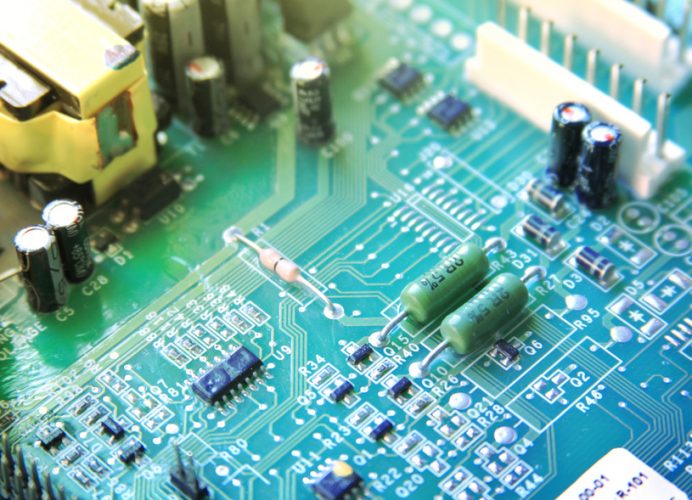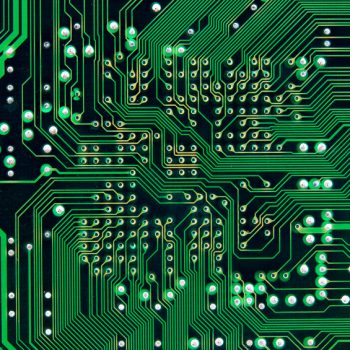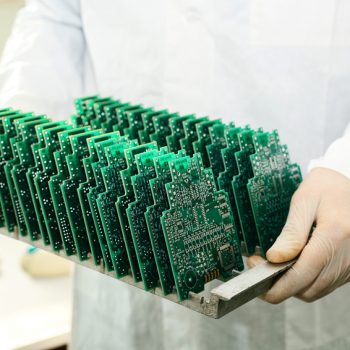Even though some information concerning circuit board prototyping has been around for a while, it can be pretty confusing to get direct answers. There is a lot of information out there, and even the most experienced of engineers can have a problem differentiating between what information is right and wrong concerning their specific prototype PCBs. One example of this is the difference between blind vias and buried vias within the board. Here’s everything to know about this technique.
What exactly are blind and buried vias?
We all know that a copper track on a printed circuit board is a conductive path used to connect two points in the PCB.
A Blind Via:
A blind via is a copper plated hole that is interconnected to only one external layer of the PCB. However, it is important to know that the hole does not go all the way to the board, making it “blind” or “invisible” to the naked eye.
A Buried Via:
On the other hand, a buried via connects at least two layers without going to the outer edges of the board. Hence, it is buried within the circuit and completely internal.
Other helpful information concerning blind and buried vias in prototype PCB fabrication:
Generally speaking, these two types of vias are used for more high-density circuit boards, as simple boards don’t really need different design structures since they are only composed of one layer.
A Blind Via:
- The holes for blind vias must be defined with a separate drill file, and the ratio of the hole diameter to drill diameter needs to be less than or equal to one.
- The smaller the hole, the smaller the distance between the outer layer and the corresponding inner layers.
- Each hole has one inner layer.
A Buried Via:
- Because these buried vias are used to connect different parts of the inner layers of prototype circuit boards, each hole must be made by a separate drill file.
- The ratio of hole depth to drill diameter needs to be less than 12, as anything larger will risk running into any other connections deep in the board.
Drilling can only go so deep when it comes to prototype circuit boards. This is why you should always deal with a professional when handling buried and blind vias. Don’t be afraid to call us today with any and all of your questions!










